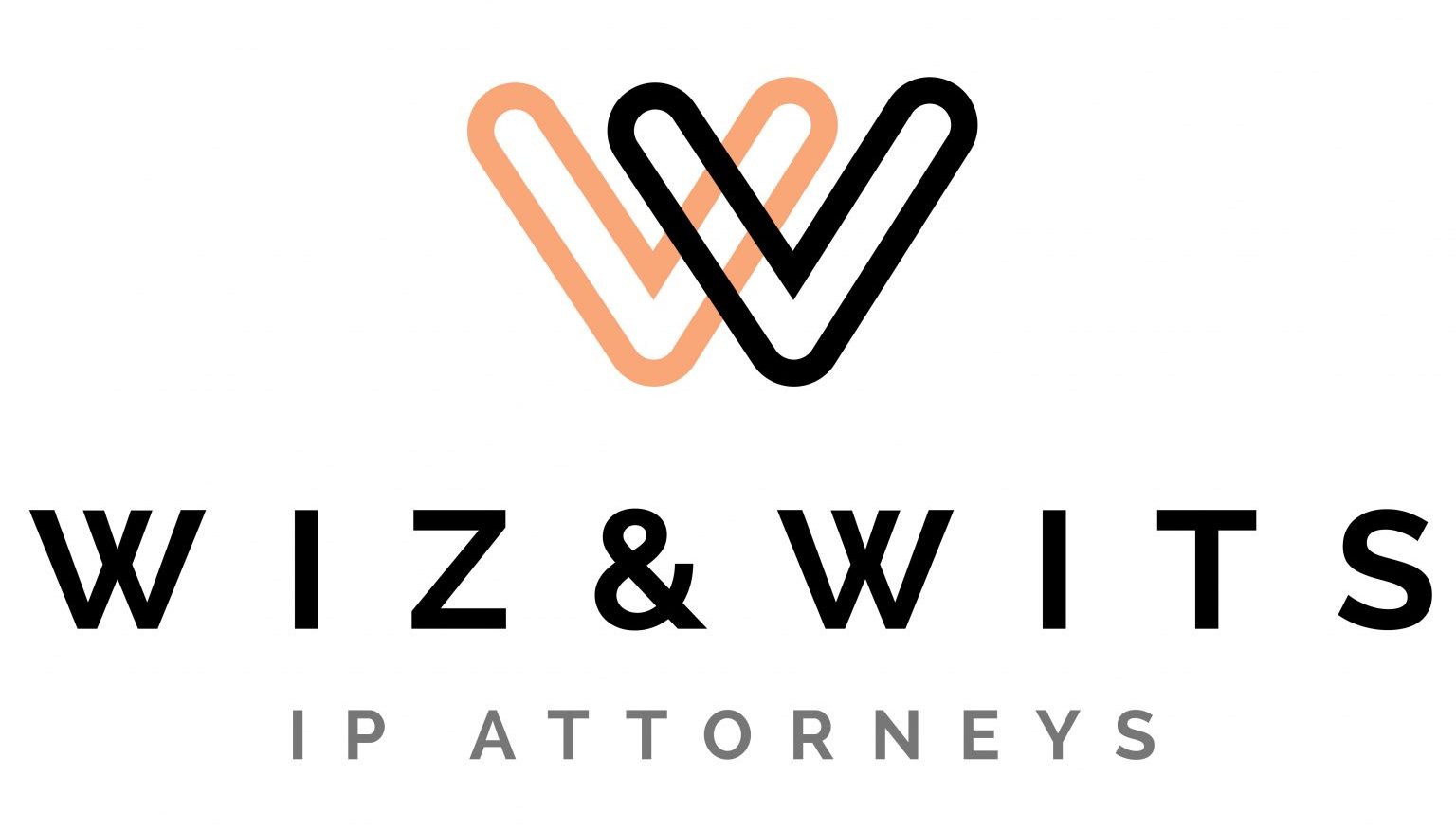Is your blog copyright registered?
Copyright is the legal protection to a creative work under intellectual property law. For bloggers, it is necessary to protect their creative works before they share it on several platforms in the form of ebooks, music, videos, software, photos, articles etc. claiming the title of the creator of the work.
Technically, the copyright law focuses to protect the original works, pictures, graphics, sculptural works etc. The idea can never be copyrighted, but your presentation and style carry a unique impression of your intellectual mind, therefore it is always protected. For example, you run a blog for legal articles, it is not possible to protect the idea you are working on – whether to express the legal provisions in easier words for the understanding of the common man, ot in a question-answer format, that can not be copyright protected. However, the writeup – the formation of the article or the answer, reflects your unique style, this can be protected by copyright.
In 2021, the copyright is not enough
Previously the creator of the contents was satisfied and believed that the copyright registration is enough for protection purpose. It was enough when the publications meant only in printed form. At present, the situation has changed a lot. In the era of digital media, the procedure of copyright violation has extended ints some ways, but the provision of protection remained almost the same.
In the era of digital media, copyright protection requires further development and is facing more challenges to protect the creative work from infringement. As there are multiple blogs, one can easily copy-paste the content and make a profit claiming it to be original. If we talk about plagiarism checking software, it has limited capacity. It is not rare that the original creator never comes to know that the original work has been reproduced without consen.
Moreover, when there is endless information available on the internet, people are aware that it is necessary to be assured of the source of such information.
Taking the example of Wiz & Wits IP Attorneys, they, through their hard work secured a place of trust, and the readers trust wizwits.in for the knowledge they deliver. Now, another website creating in a name similar to wizwits.in and starts posting blogs and articles relevant to IPR, it is no more a matter of copyright protection, because they are no0t reproducing the original work, rather the latter is making use of the goodwill created by Wiz & Wits IP Attorneys. A common man may get mislead or misidentify the latter as the former and original website.
This becomes a matter of securing the identity of the organisation, and that comes under the Trademark as per the Intellectual Property Rights. Wiz & Wits IP Attorneys has a specific design of ‘W’ which is their graphic identity and can not be used by any other party without permission. A common man, who is eager to read some updated regarding IPR and trusts Wizwits,in for that, on opening the website, the sight of the logo ‘W’ shall assure that he/she is on the right website.The trademark registration became absolute useful for establishing a digital identity of the bloggers, for their blogging website. A small logo establishes the unique identity of the blogger among the millions of content available online.
What are the advantages of trademark registration?
The trademark registration gives a monopoly right to the owner of the trademark. It allows the owner of a registered trademark to prevent any unauthorized use of his marks concerning products or services, in order to protect the goodwill. The infringement of registered trademarks enables to bring legal suits, and the protection of interest becomes easy due to registration.
These should be sorted at the time of the formation of the company, also it is useful during its rapid development. For the safe existence of such a name, proper protection is essential.
The official registration of your trademark has the following advantages:
- Carrying the identity and goodwill of the corporate and its goods/services on the market among competitors:
- Legal protection of your activity name;
- Making the company trustworthy among the customers
- Protecting your services/goods from illegal copying; selling in another name, or copying your trademark to reproduce your products
- Trademark protects against unfair competition;
- Trademark registration is useful to avoid later hassle to claim ownership over the logo.
- Enable the owner to prevent anyone to gain any profit by selling the trademark or transfer the rights to use it for financial benefit.
Whereas, copyright registration protect the interest of the owner of the creative work granting an exclusive right over the work with an application to register at the Copyright Office. It is applicable for both published and unpublished works.
What is the procedure for registering a trademark?
The Trademark registration procedure is an easy one, can be broadly divided into three steps:
Step 1: Trademark Search
“Better to be safe than sorry.”
As the trademark carries the unique identity of the brand, it has to be visually unique. If a trademark is similar enough to be mistaken with another logo that is registered, then the trademark application shall be rejected.
Along with the design of the logo, you also need to figure out the class under which your trademark falls.
Through a trademark search, you can have a check on the trademark database to check if the trademark, which has been designed, is indistinguishable with any registered trademark.
In case there is any similarity, it can be worked upon to create an absolutely unique design.
Step 2: Filing Application
When the trademark design is ready, you can proceed with the application procedure. Along with the trademark application draft, the Trademark Registration shall require the following details:
- A soft copy of the logo in JPG format
- Details of the applicant and the brand- name, address of applicant and the registered office of the company, nationality of the company
- Services and products offered by the company
- If a trademark expert is hired, the power of attorney authorizing the professional
- If the logo is already in use, then the date when it has been started being used.
After the application is filed, the trademark officers shall scrutinize the application and if required may interrogate the information provided by you. In case, there is an objection, you should reply to that within 30 days of raising the objection, otherwise, it may lead to the rejection.
the application is rejected, they clearly mention the reason for such rejection, and you can file an appeal against the rejection.
Step 3: Trademark Registration
Once the trademark application crosses the hurdle of the objection, you can start using ™ on your brand, which says that your trademark is under the registration procedure and it has no objection from the authority.
Once it is registered, you can start using ® which conveys that your trademark is registered.
However, once registered, it is valid for 10 years from the date of registration, and you have to renew the trademark every 10 years.
The applicants can file the trademark application both offline and online:
Offline filing
Here, you will have to hand over the application physically to a Registrar Office of Trademarks. The verification process may take fifteen to twenty days, after which you will receive an acknowledgement receipt.
Online filing
The Trademark application e-filing may be done via the government’s website and provides an instant receipt of acknowledgement. Once you receive this acknowledgement slip, you can start using the ™ symbol beside your trademark.
In case your mark is rejected, you will receive another chance to file a second SPICe application without paying additional charges. Hence, all applicants receive two chances of applying without paying extra.
If it again gets ejected for the second time, you will have to restart the application process and follow the previous process, and the entire process, when done online, takes around five days.
Post Verification Process
After verification, the Registrar will publish the trademark in the Indian Trade Mark Journal. The office will then wait for 90 days to see if someone opposes the granting of the mark, following which you will receive your trademark registration certificate. Once you receive the certificate, you may start using the ® symbol along with the mark.
Documents required for filing a trademark application in India
- Proof of Business Registration
- ID and address proof of the directors
- Address proof of the company
- Soft copy of the proposed trademark.
- Proof of claim to use the mark in another country, if applicable
- Power of attorney signed by the applicant
- Picture of the trademark
Trademarks are an integral part of any blog’s digital identity as it allows them to stand apart from its competitors. Trademark registration is necessary to protect the blog and the blogger’s goodwill.
Is it compulsory to register as a trademark or copyright?
In the eyes of the law, Trademark registration is not compulsory. Registration, however, is strongly recommended to protect the ownership of the logo under registration. Furthermore, If misused or reproduced, no suits can be filed for the protection of unregistered trademarks.
On other hand, the acquisition of copyright is automatic, unlike trademark, where you require to file an application. Copyright comes into existence as soon as work is created, and is published. Nevertheless, the copyright registration certificate and the entries made therein serve as provable evidence in a court of law regarding a copyright ownership dispute.
Conclusion
With the increasing scopes to publish and share creative work to reach more audiences, the challenges to protect them has increased. The techniques of misusing creative work have paved new ways, therefore, it became necessary to be more cautious to protect the creative works.









Recent Comments